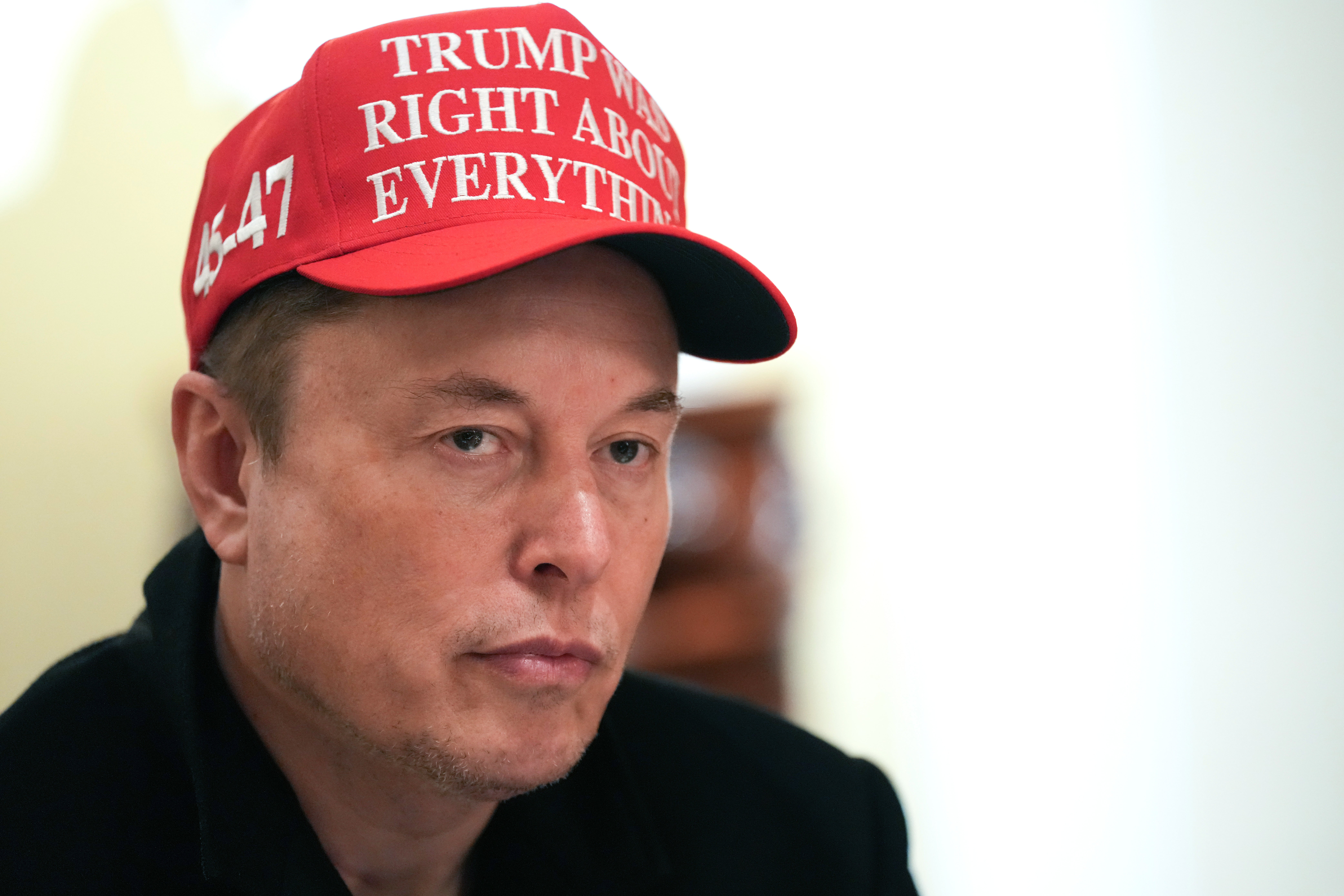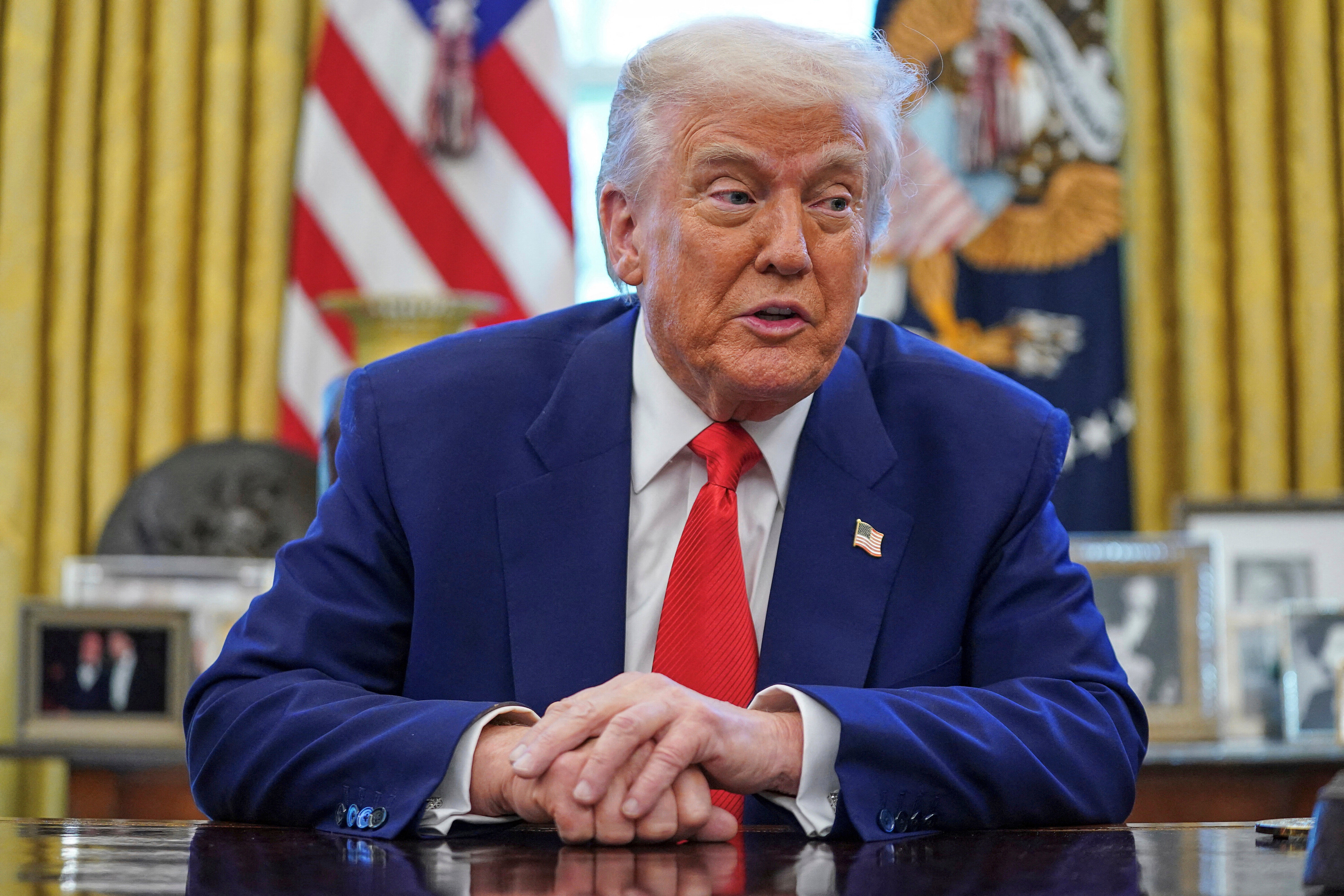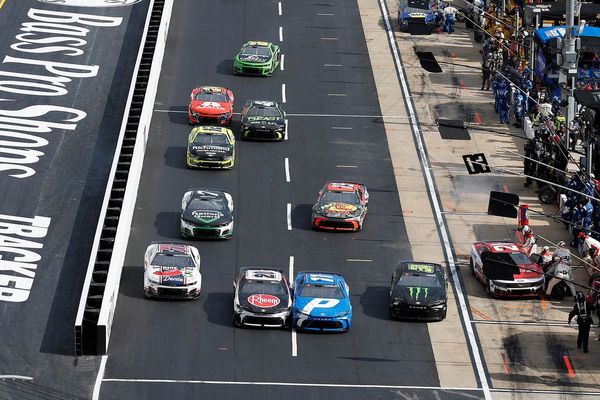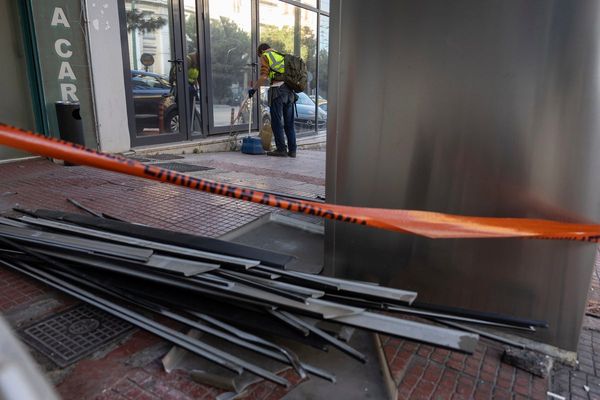Just hours after Donald Trump’s sweeping reciprocal tariffs went into effect Wednesday morning, the president made an announcement.
“I have authorized a 90 day PAUSE,” Trump wrote on Truth Social.
His extraordinary U-turn offered a reprieve to nearly all countries that faced levies above the 10 percent baseline, marking the end of a week of upheaval in the wake of “Liberation Day,” which saw trillions wiped from markets worldwide.
Instead, Trump has refocused his trade war on a familiar adversary: China.
The president ratcheted import taxes on Chinese goods to 125 percent, his third such increase within a week after Beijing raised duties on U.S. goods to 84 percent.
The results of Trump’s most recent decree prompted strong reactions from Trump supporters and his Democratic rivals.
April 2
Trump unveiled a raft of new tariffs after he repeatedly threatened reciprocal dollar-for-dollar tariffs on nations that levy duties on the U.S. He billed last Wednesday as “Liberation Day.”
The president imposed 10 percent tariffs on all nations — bar Russia — with as many as 60 countries deemed the “worst offenders” facing vastly higher reciprocal levies.
Those included an initial 34 percent import tax on Chinese goods, a 20 percent tax on European Union imports, and a 32 percent tariff on Taiwan.
“THE OPERATION IS OVER! THE PATIENT LIVED, AND IS HEALING,” the president posted on TruthSocial last week after his announcement.
Trump had already imposed a 20 percent tariff on Chinese goods thanks to an executive order signed in February. That coincided with 25 percent tariffs on Mexico and Canada, supposedly in a bid to curb the flow of fentanyl crossing into the U.S.
April 3

Between the first and last bell ringing at the New York Stock Exchange last Thursday, Wall Street experienced its worst spell since the Covid-19 pandemic in 2020.
On a historically bad day, the Dow Jones Industrial Average had dropped four percent, the S&P 500 fell 4.8 percent, and the tech-focused Nasdaq had dipped six percent — dragged down by declines from Amazon, Apple, and Nvidia.
That was compounded by JPMorgan’s Chief Economist Bruce Kasman predicting a 60 percent chance of the global economy entering recession in 2025 if the tariffs remained. His prediction was up from 40 percent.
April 4–April 6
On Friday, Beijing announced its plans to impose a retaliatory 34 percent tariff on U.S. goods, which was set to begin April 10. This tariff would match Trump’s new so-called reciprocal tariff on Chinese goods.
Trump’s sweeping 10 percent levies went into effect on Saturday, April 7.
Several Trump allies, political megadonors, and American billionaires began to publicly criticize Trump’s tariff plan.
GOP Texas Senator Ted Cruz warned Friday that the tariffs could have a “terrible outcome” for the party’s political prospects if they remained.
Elon Musk, the president’s special adviser tasked with gutting the federal government through DOGE, said Saturday he hoped for a “zero-tariff situation” between the U.S. and Europe.

Billionaire Bill Ackman, who backed Trump’s 2024 presidential campaign, warned Sunday of an “economic nuclear winter.”
As markets continued to tumble around the globe and Americans feared for their financial futures, Trump jetted to Florida for the weekend and attended a Saudi-funded golf tournament in Miami.
“You heard I won, right?” Trump told reporters on his flight back to Washington, D.C., on Sunday in reference to the tournament he played in.
April 7
The S&P 500 and Dow Jones Industrial Average both finished down Monday as an unverified report circulated that Trump was considering a three-month pause on the tariffs — causing markets to swing wildly. The Nasdaq, however, rose by 0.1 percent.
All three major markets went from major losses to significant gains back to steep losses in a matter of minutes Monday morning after the report surfaced.
April 8

Trump responded to China’s retaliatory tariffs and amended an April 2 executive order, placing an additional 50 percent levy on goods imported into the U.S., bringing the total to 104 percent.
Meanwhile, Musk sparred with fellow Trump adviser Peter Navarro over possible cost rises for his electric vehicle company, Tesla, calling him “dumber than a sack of bricks.”
Trump, who did not publicly wade into the pair’s dispute, declared that world leaders panicked by his global tariffs are “kissing my a**” in desperate bids to reduce the levies at the National Republican Congressional Committee’s annual gala.
Despite markets continuing their sell-off, Trump bragged that he had the “most successful 100 days in the history of this country.”
The president also issued a message to dissenters: “I know what I’m doing, and you know what I'm doing too.”
He accepted that fallout from his tariffs had been “somewhat explosive” but said that money had been “pouring in” thanks to the move.
April 9

Just after midnight, Trump applied reciprocal tariffs ranging from 11 percent to 104 percent against the “worst offenders” to around 60 U.S. trade partners.
China again reacted to Trump’s levies increases and raised import duties on U.S. goods arriving in the country to 84 percent.
Just hours after urging the public to “be cool” in the face of his sweeping levies as Wall Street reeled, the president announced his decision to pause reciprocal tariffs on most nations for 90 days while increasing duties on Chinese imports to 125 percent.
When probed about his 90-day freeze, Trump told reporters that Americans “were getting a little bit yippy, a little bit afraid.”
Stock markets surged after the president announced a pause on most of his sweeping tariffs. The Dow Jones and the Nasdaq broke records for the largest point gains in a single day, climbing 7.8 percent and 12.1 percent, respectively. The S&P 500 also rallied 9.5 percent.
After the U-turn, the European Union voted to approve retaliatory tariffs on $23bn in U.S. goods.
April 10

California Senator Adam Schiff made headlines for using the term “insider trading” when asked about Trump’s sudden U-turn on tariffs.
European Commission President Ursula von der Leyen announced that the EU would hold off on retaliation measures for 90 days, matching Trump’s pause.
China’s retaliatory tariff against the U.S. went into effect as tensions between the two superpowers showed no signs of easing.
U.S. stocks initially slipped upon opening, and investors assessed the economic impact of the trade war.
The S&P 500 fell two percent in early trading, while the Nasdaq dropped more than 2.6 percent. The Dow Jones Industrial Average pulled back about 1.8 percent.
“What a day, but more great days coming!!!” the president had written in an early morning Truth Social post.
Stock markets tumble day after Trump’s tariff pause
Four House Democrats join Republicans to pass SAVE Act
US stocks plunge day after historic soar in response to Trump’s tariffs pause: Live
Low-cost airline shrinks routes in order to fulfill ICE contract
House passes budget framework in tense vote after Johnson wins over conservatives
Trump targets Dominion lawyers on same day judge finds Newsmax defamed voting company







